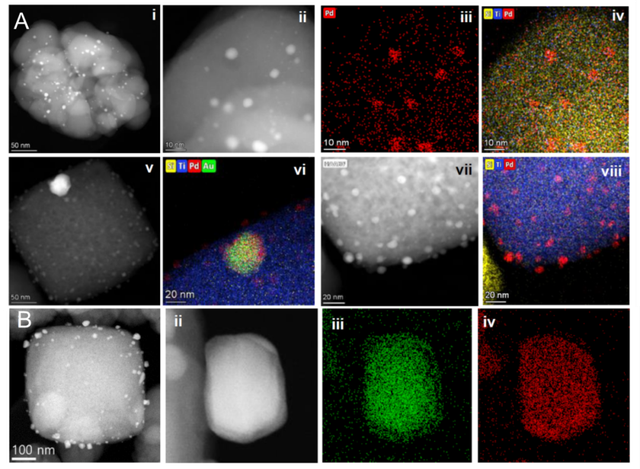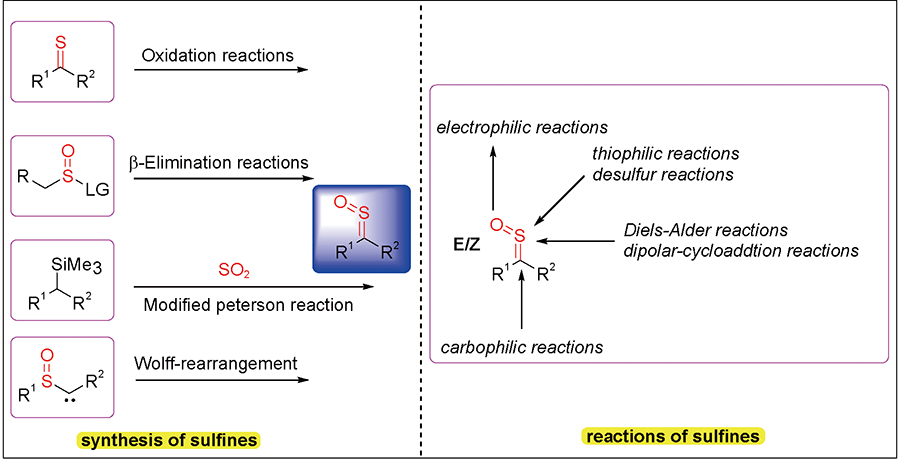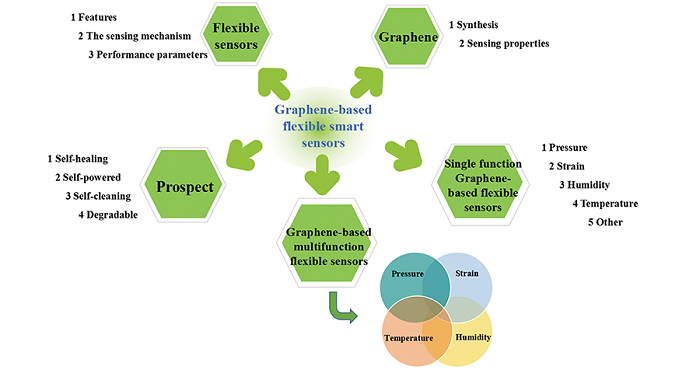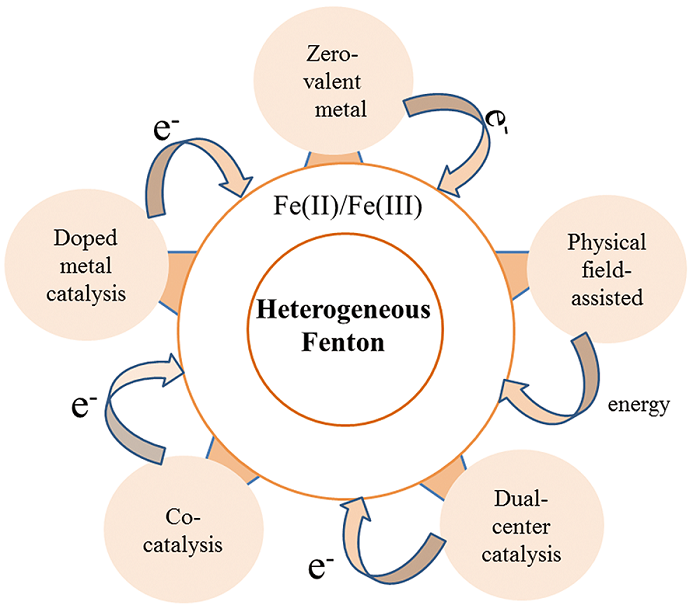Skin is the largest organ of the human body and can perceive and respond to complex environmental stimuli. As a 2D atomic layer of sp2-hybridized carbon arranged in a hexagonal network, graphene is regarded as a promising material for nanoelectronics owing to its high crystallinity and interesting semimetal electronic properties. In addition, graphene has extremely strong perception ability and high selectivity for different stimuli, and graphene-based materials have been widely used as key perceiving materials of artificial flexible sensors to imitate the flexibility and stretchability of human skin, which is one of the most promising wearable and sensing materials for potential commercialization. This paper first introduces the main working mechanisms of piezoresistive type, capacitive type, piezoelectric type and transistor type, as well as the key performance evaluation parameters such as sensitivity, detection range, response speed and so on of sensors. At the same time, the advantages and synthesis methods of graphene materials are also briefly summarized. In conjunction of our recent research works of graphene-based composite materials made up of graphene and polyaniline, Ag nanoparticles, carbon nanotubes, Ni(OH)2(Ⅱ) and quantum dots for flexible sensors, this paper then reviews the applications of graphene-based single function flexible sensors in detecting pressure, strain, temperature, humidity, chemical molecules, biomolecules, gas and other fields, as well as several graphene-based multifunctional flexible sensors. Finally, the future development of graphene-based flexible sensors is prospected.
Contents 1 Introduction
2 Flexible sensors
2.1 Flexible sensor features
2.2 The sensing mechanism of flexible sensors
2.3 Performance parameters of flexible sensors
3 Graphene
3.1 Synthesis of graphene-based materials
3.2 Sensing properties of graphene-based materials
4 Graphene-based single function flexible sensors
4.1 Graphene-based flexible pressure sensors
4.2 Graphene-based flexible strain sensors
4.3 Graphene-based flexible humidity sensors
4.4 Graphene-based flexible temperature sensors
4.5 Graphene-based other flexible sensors
5 Graphene-based multifunctional flexible sensors
5.1 Pressure/strain sensors
5.2 Pressure/humidity/temperature sensors
5.3 Strain/humidity/temperature sensors
5.4 Pressure/strain/humidity/temperature sensors
5.5 Graphene-based other multifunctional flexible sensors
6 Conclusion and prospect




























